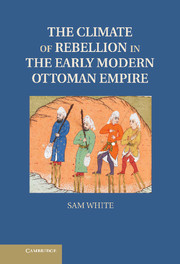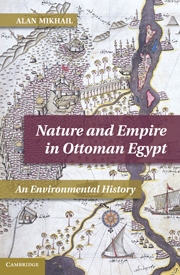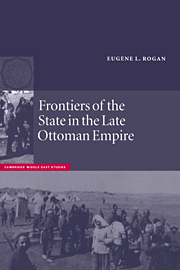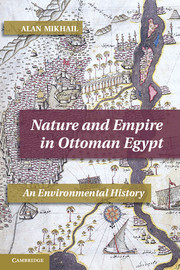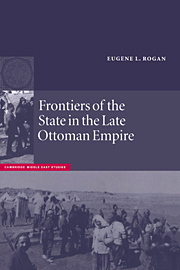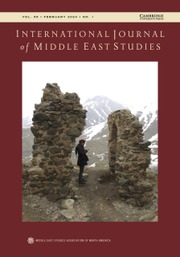The Climate of Rebellion in the Early Modern Ottoman Empire
The Climate of Rebellion in the Early Modern Ottoman Empire explores the serious and far-reaching impacts of Little Ice Age climate fluctuations in Ottoman lands. This study demonstrates how imperial systems of provisioning and settlement that defined Ottoman power in the 1500s came unraveled in the face of ecological pressures and extreme cold and drought, leading to the outbreak of the destructive Celali Rebellion (1595–1610). This rebellion marked a turning point in Ottoman fortunes, as a combination of ongoing Little Ice Age climate events, nomad incursions and rural disorder postponed Ottoman recovery over the following century, with enduring impacts on the region's population, land use and economy.
- A perspective on the Little Ice Age in world history by a historian rather than climatologist
- Offers an environmental history of the Ottoman Empire
- One of the most accessible academic books on Ottoman history in recent years for non-specialists, particularly world or environmental historians
Awards
Joint winner of the 2012 Book Prize in Middle East Studies, British-Kuwait Friendship Society
Reviews & endorsements
“Sam White offers an exciting new approach to the problem of the ‘decline of the Ottoman Empire’ and specifically to the period of turmoil and revolt known as the ‘Celali Rebellions.’ His investigation of the effects of climate change on Ottoman agriculture and economy and the ways in which different social groups tried to manage the ensuing difficulties will revolutionize our understanding of Ottoman and Middle Eastern history.” – Linda T. Darling, University of Arizona
“In this innovative work, Sam White offers us a novel holistic view of the empire in its period of greatest expansion by connecting the eastern Mediterranean to the European historiography on the Little Ice Age and the seventeenth-century crises that followed. This is world history, Ottoman style, with a keyhole look at the whole society in a period of sustained crisis (1590s–1610) and some bold conclusions about the consequences of a series of ecological disasters and the Ottoman ability to manage them.” – Virginia H. Aksan, McMaster University
“In a balanced consideration of environmental and social factors, The Climate of Rebellion in the Early Modern Ottoman Empire gives the details of a fascinating and almost neglected story in a captivating and simultaneously vulnerable part of the world. Sam White’s well-planned structure and pleasant approach help readers to understand the multicomponent factors that led the Ottoman Empire to a crisis during the late Little Ice Age period.” – Elena Xoplaki, University of Bern
Product details
August 2011Hardback
9781107008311
376 pages
229 × 152 × 25 mm
0.72kg
7 b/w illus. 6 maps 3 tables
Available
Table of Contents
- Introduction
- Part I. An Imperial Ecology:
- 1. Regions, resources, and settlement
- 2. Growth and its limits
- 3. Disasters of the later sixteenth century
- 4. Land at the margins: Karaman and Larende
- Part II. The Little Ice Age Crisis:
- 5. The Little Ice Age in the Near East
- 6. The great drought
- 7. The Celali Rebellion
- 8. In the wake of the Celalis: climate and crisis in the seventeenth century
- Part III. Ecological Transformation:
- 9. Desert and sown
- 10. City and country
- 11. Provisioning and commerce
- Conclusion.

